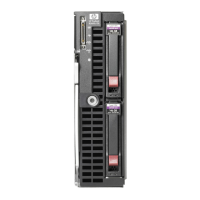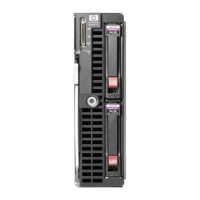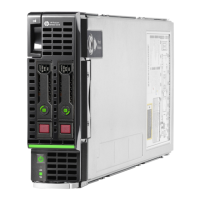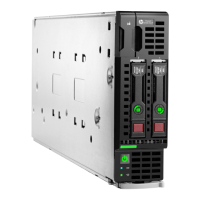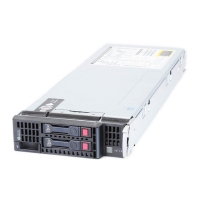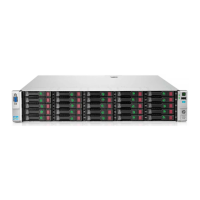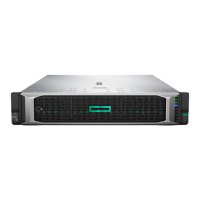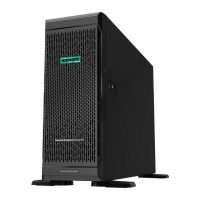Server Blade Configuration and Utilities
PXE Deployment
PXE enables server blades to load an image over the network from a PXE server,
then execute it in memory. The first NIC on the server blade is the default PXE boot
NIC, but any of the other NC series NICs can be configured to boot PXE. Refer to
“Network-Based PXE Deployment” in this chapter for more information.
NOTE: Actual NIC numeration depends on several factors, including the operating system
installed on the server.
HP recommends using one of the following methods for PXE deployment:
•
•
HP ProLiant Essentials RDP
SmartStart Scripting Toolkit
A number of third-party PXE deployment tools are available for Windows and Linux.
For additional information refer to
ftp.compaq.com/pub/products/servers/management/pxe_wp.pdf
HP ProLiant Essentials Rapid Deployment Pack
RDP is the recommended method for automatically deploying the server blade with
little user intervention.
The RDP software is the preferred method for rapid, high-volume server blade
deployments. The software integrates two powerful products: Altiris eXpress
Deployment Solution and the ProLiant Integration Module.
The Altiris eXpress Deployment Server Console has an intuitive graphical user
interface that provides simplified drag-and-drop server deployment using either
imaging or scripting. The console also has advanced features for server blades. The
user can view server blade in a physical tree view according to their
Rack\Enclosure\Bay settings. The Deployment Server can detect when a server blade
is ripped out and replaced with a new server blade. The user can configure the
Deployment Server to automatically replay all deployment jobs on the new server
blade.
If you purchased the RDP with the server blade enclosure, follow the instructions on
the Quick Start Guide, included in the kit, to register and install the software.
HP ProLiant BL30p Server Blade Setup and Installation Guide 5-27

